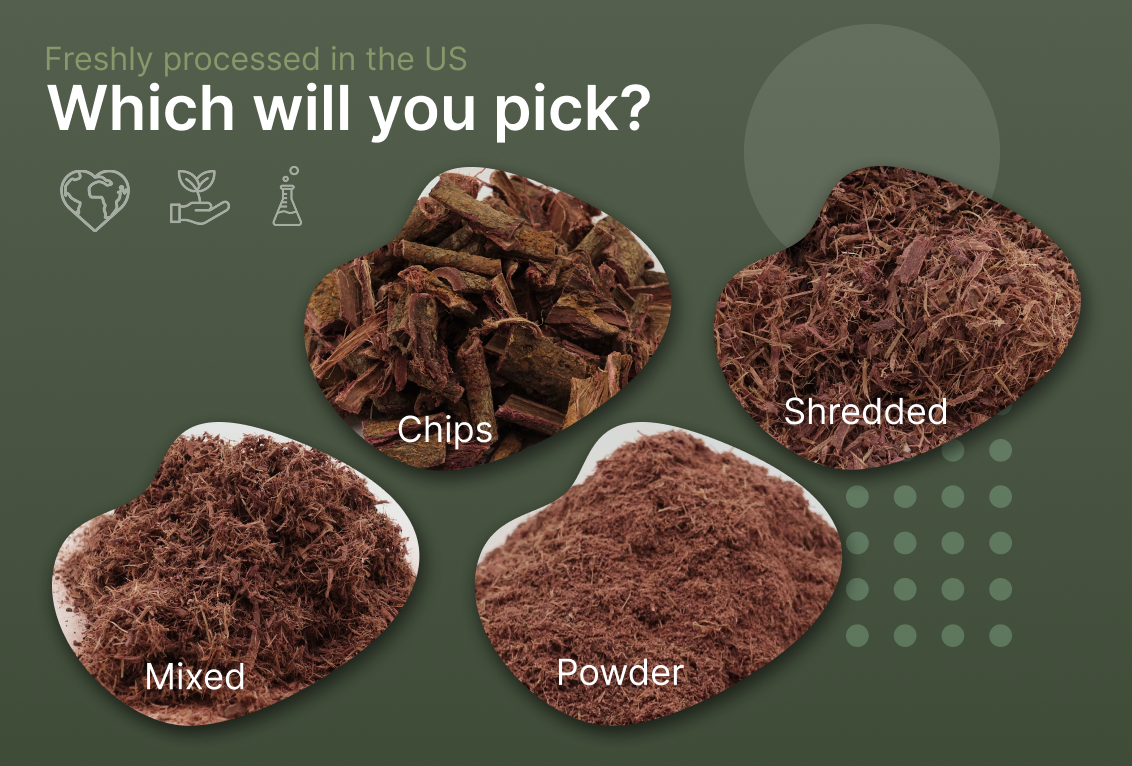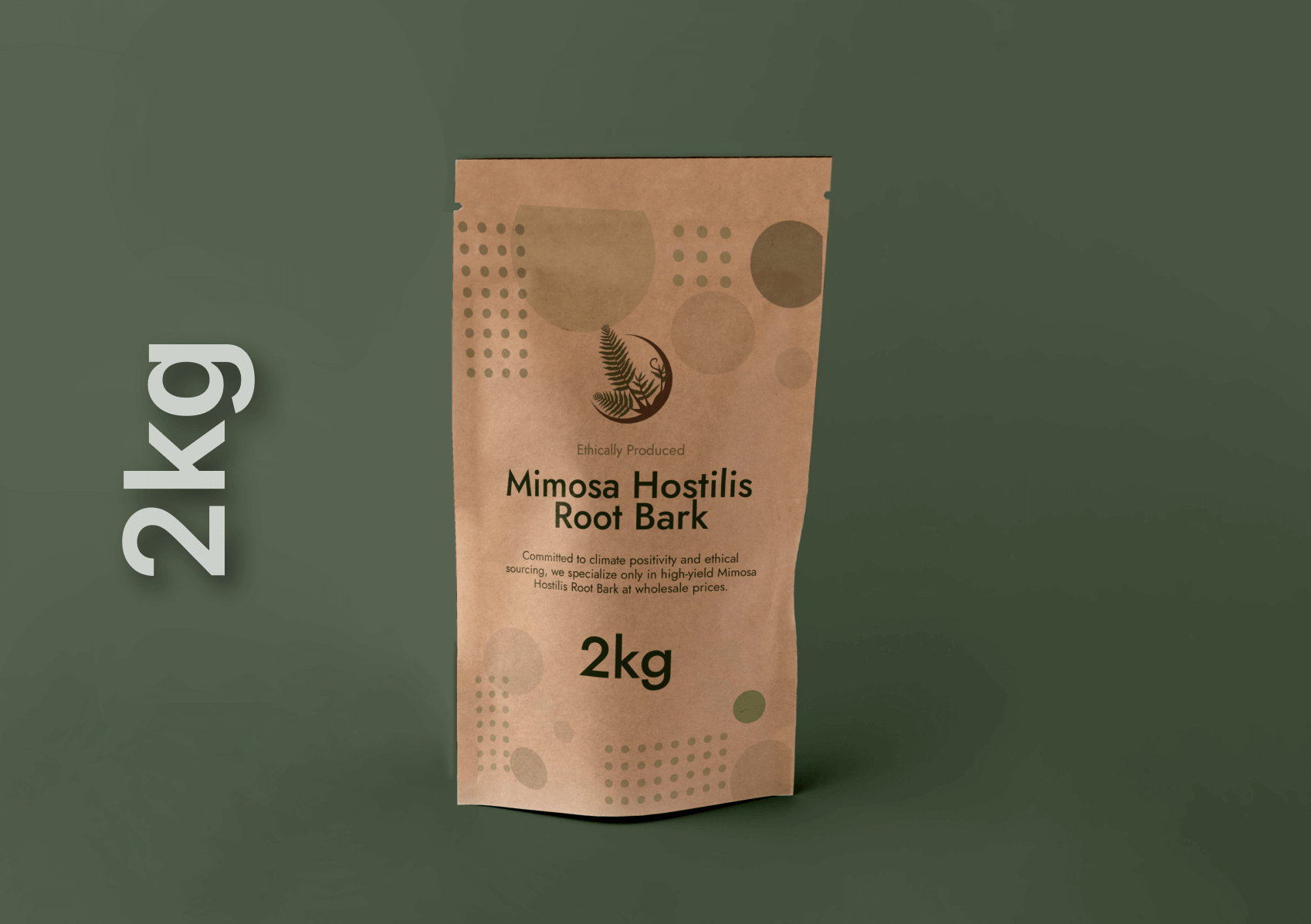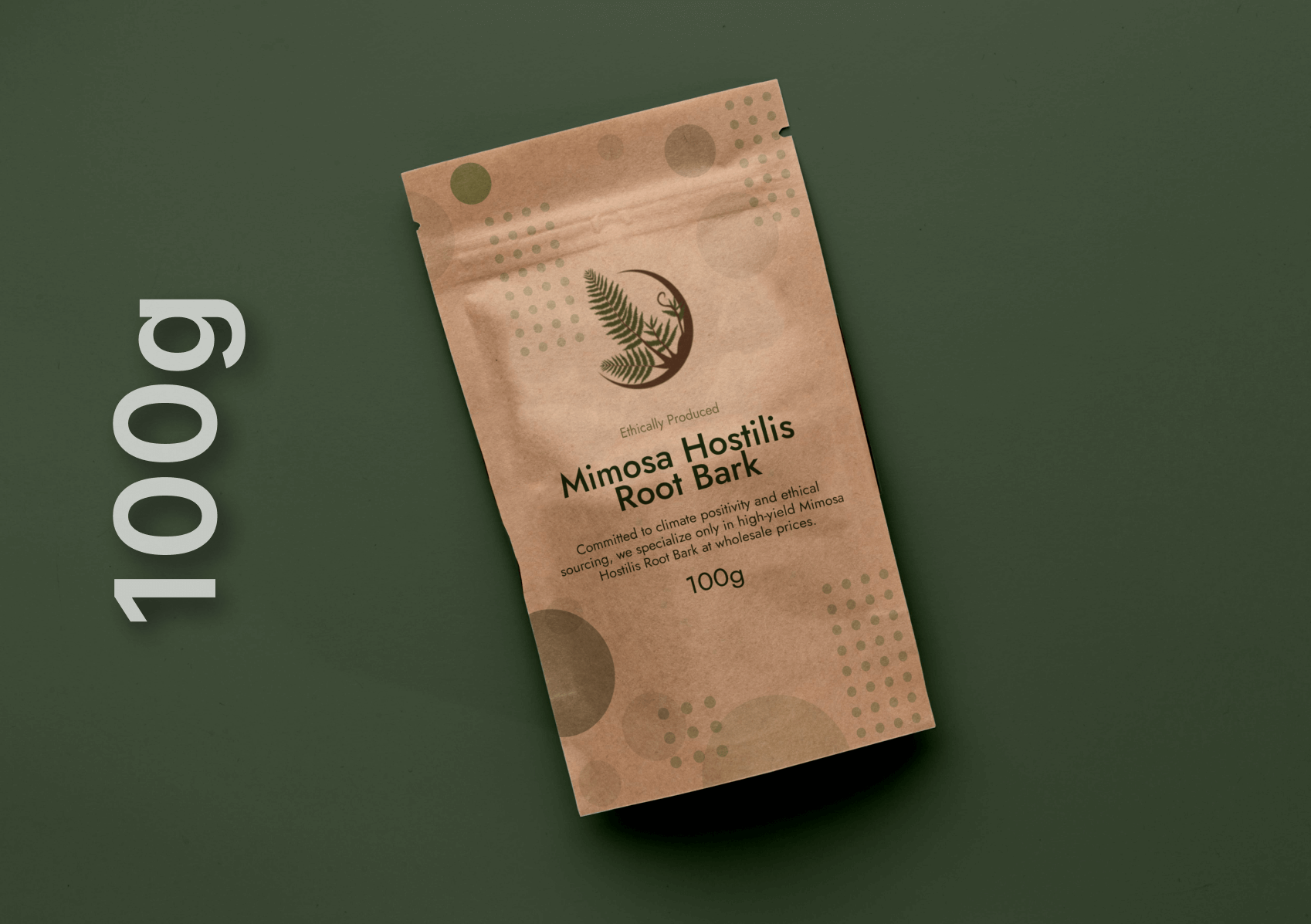Tepezcohuite (the bark extract of Mimosa tenuiflora) is a long-used traditional botanical with documented wound-healing, antimicrobial and antioxidant properties and growing consumer interest in cosmetics. Scientific evidence supports its biological activity in preclinical models and a small number of clinical applications for wound repair, but rigorous, large-scale dermatological trials are still limited. For formulators and brands, tepezcohuite represents an attractive, marketable active—provided its claims are calibrated to the evidence, raw material quality is controlled, and safety/regulatory checks are completed.
What is Tepezcohuite and why the sudden buzz?
Tepezcohuite is the traditional name for preparations made from the bark of Mimosa tenuiflora (also labelled in commerce as Mimosa hostilis or “Mimosa”). Historically used in Mexico and South America to treat burns, wounds and skin lesions, the ingredient has crossed into mainstream cosmetics in serums, creams and wound-care hydrogels. Celebrity endorsements and consumer curiosity have accelerated demand, but the science base remains mixed: strong ethnomedical backing plus supportive preclinical data, but only modest human clinical trials to date.
Key bioactives and mechanisms that matter for skincare
Modern phytochemical analyses show that tepezcohuite bark is rich in tannins, flavonoids, saponins, terpenoids and phenolic compounds—classes associated with antioxidant, antimicrobial, astringent and anti-inflammatory effects. These constituents plausibly explain observed acceleration of re-epithelialization and microbial control in wound models. Isolated saponins and flavonoid fractions have been structurally characterized, and multiple genus-level reviews document diverse pharmacology relevant to skin repair. For formulators, these compounds mean tepezcohuite can function as a multi-modal actives blend: barrier support + inflammation moderation + microbial balance.
Clinical evidence — what exists, and what it proves
The highest-impact human data remain limited but promising. Controlled and comparative trials have evaluated tepezcohuite formulations for venous leg ulcers, burns and wound healing, with reports of faster lesion closure and symptomatic improvement in small cohorts. A randomized comparative trial and several case reports/case series are frequently cited as clinical signals that the extract aids tissue repair; however, many studies use proprietary extracts or combination formulas, complicating attribution. Bottom line: evidence supports wound-healing potential, but not yet broad cosmetic claims (e.g., “reduces wrinkles”) without additional targeted trials.
Practical formulation roles — where tepezcohuite adds value
-
Wound-care adjuncts & barrier creams: Integrates well into hydrogel and emollient bases where its healing and antimicrobial actions are desirable.
-
Soothing serums and post-procedure aftercare: Anti-inflammatory fractions can reduce redness and support recovery after procedures that damage superficial skin.
-
Natural/heritage skincare lines: Strong storytelling value—heritage, regional sourcing, and “plant regeneration” messaging resonate with consumers.
When used as an active, target concentration, extraction method (aqueous vs. ethanolic), standardization to marker compounds (e.g., total tannins or a specific flavonoid) and vehicle compatibility must be specified to ensure consistent efficacy.
Claims roadmap — what can brands say responsibly?
-
Permissible, evidence-backed claims: “Traditionally used to support wound healing,” “contains antioxidant and antimicrobial plant compounds,” or “supports skin repair.” Support promotional copy with citations to clinical case studies and controlled trials where appropriate.
-
Claims to avoid without new trials: Direct statements such as “clinically proven to eliminate acne” or “reduces wrinkles” require randomized, dermatology-grade studies targeted at those outcomes.
Regulatory teams should map claims to jurisdictional cosmetic rules; in many markets, wound-healing therapeutic claims trigger stricter medicinal product classifications.
Safety, sourcing and regulatory guardrails
Safety profile: Topical use is generally well-tolerated in traditional and modern topical products, but allergic reactions and irritation are possible—patch testing is prudent. Toxicology is not comprehensively profiled across all extract types and concentrations.
Sourcing & standardization: Wild-harvest pressure, botanical misidentification, and extraction variability create batch inconsistency risks. Work with certified suppliers that provide botanical identification, COAs, heavy metals testing, microbial limits, and standardized extract specs. Consider sustainable sourcing programs and traceability reporting as brand differentiators.
Regulatory note: Avoid crossing into “therapeutic” language unless regulated clinical paths are pursued. Some jurisdictions treat aggressive wound-healing claims as drug claims; coordinate with regulatory counsel early.
Commercial potential & go-to-market strategy
Consumers are primed for heritage-backed, science-framed botanicals. Tepezcohuite can be positioned in two high-value lanes:
-
Clinical-adjacent professional products (post-procedure care, wound support balms): require clinical support, professional endorsements, and conservative, evidence-aligned marketing.
-
Clean/folk-science consumer lines (serums, masks, moisturizers): emphasize traditional use, antioxidant protection, and ingredient transparency while avoiding unverified therapeutic claims.
Pricing can be premium if traceability, extract standardization, sustainable harvest and clinical validation are showcased.
A realistic R&D checklist for brands
-
Source analytical reference material and define at least one marker compound for standardization.
-
Run in-vitro irritation and sensitization screens, followed by human patch testing at intended consumer concentrations.
-
Design a small, controlled consumer trial (n≥50) for the product claim (e.g., reduces redness/accelerates healing after micro-injury). Use objective endpoints (TEWL, transepidermal water loss; re-epithelialization rates) plus validated PROs.
-
Implement supply-chain audits for sustainability and species authentication.
Conclusion — can it revolutionize natural skincare?
Tepezcohuite is a high-potential botanical: historically trusted, phytochemically rich, and backed by preliminary clinical and preclinical evidence for skin repair. It’s unlikely to single-handedly “revolutionize” the entire natural skincare category, but it can become a high-value, clinically credible ingredient in two contexts—professional wound/aftercare lines and authentic, evidence-minded consumer naturals—if brands invest in standardization, safety testing and targeted clinical validation. The brands that win will marry heritage storytelling with rigorous science and transparent supply chains.
Frequently Asked Questions
1. What exactly is Tepezcohuite, and where does it come from?
Tepezcohuite is derived from the bark of the Mimosa tenuiflora tree, native to Mexico and Central America. It has been used for centuries in traditional medicine to treat burns, wounds, and skin irritations. Today, it’s gaining global recognition as a natural skincare ingredient known for its healing, soothing, and antioxidant properties.
2. Is Tepezcohuite safe for all skin types?
Generally, yes. Tepezcohuite is considered safe for most skin types when used in properly formulated skincare products. However, like any botanical extract, some individuals may experience sensitivity or mild irritation. It’s best to perform a patch test before applying products with Tepezcohuite to your face or sensitive areas.
3. What are the main benefits of Tepezcohuite for the skin?
Tepezcohuite is rich in flavonoids, tannins, and antioxidants that can help:
-
Promote skin regeneration and healing
-
Reduce inflammation and redness
-
Protect against oxidative stress and premature aging
-
Support overall skin texture and tone
These effects make it a valuable ingredient for post-procedure care, soothing creams, and natural anti-aging formulations.
4. Can Tepezcohuite really reduce wrinkles or treat acne?
There’s limited clinical evidence directly linking Tepezcohuite to wrinkle reduction or acne treatment. While its antioxidant and antimicrobial properties may support healthier skin and prevent breakouts, more research is needed to make definitive claims. For now, it’s best viewed as a supportive and restorative botanical, not a miracle cure.
5. How can I incorporate Tepezcohuite into my skincare routine?
You can find Tepezcohuite in various products like serums, moisturizers, balms, and healing creams. For best results:
-
Use it after cleansing and toning to lock in moisture.
-
Apply it to irritated, dry, or damaged skin for repair and soothing.
-
Pair it with gentle, non-comedogenic products to avoid clogging pores.
-
Consistent use over time may help improve skin texture and resilience.




